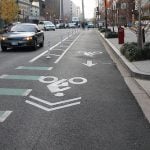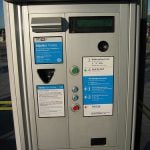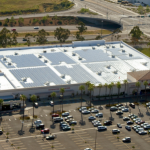Self-Driving Cars: Previews of a Signless Future?
Tuesday, February 21, 2012 —
They may sound like a concept from a George Lucas movie, but driverless cars are coming to a street near you… eventually. Self-driving cars will promote road safety by reducing accidents caused by human error, but they may also eliminate the need for many road traffic signs and obliterate the sign industry. Engineers at Google are currently testing “autonomous driving” systems that can drive set routes without being manipulated by a human driver. Meanwhile, the folks at General Motors and Carnegie Mellon have created “The Boss,” a driverless Chevrolet Tahoe SUV that won a 2007 contest for self-driving cars sponsored by the US Defense Department. Still, we remain at least a year from seeing self-driving cars on the road, and the process of driverless vehicle development will be gradual.
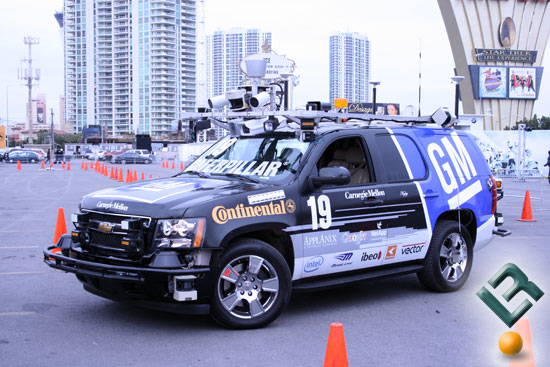
“The Boss,” a driverless Chevy Tahoe developed by Carnegie Mellon
Nevertheless, the process to bring driverless cars to roads across the country has started, as technologies that will be integral to the creation of driverless cars are already being incorporated into today’s latest automobiles. Ford and Lexus have created vehicles that can parallel park themselves. Volvo’s latest models include pedestrian detection systems that scan the road ahead for approaching pedestrians, and that can even automatically trigger the car if someone steps in front of it. Mercedes-Benz and Nissan Infiniti have installed autonomous steering and radar-based active cruise control systems that prevent drivers from drifting into the wrong lane. These measures are all automatic tools that can operate without the driver, installed to protect against accidents and collisions.
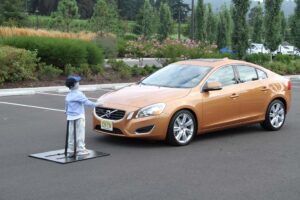
A 2011 Volvo S60 demoing Volvo’s new Pedestrian Protection system
Similarly, safety is the chief goal of driverless cars. In any one year, your odds of dying in a motor accident are about one in 6500. Certainly, crashes can be caused by bad weather or pure bad luck, but the majority of these crashes are caused by human error, by careless, distracted, or even drunk drivers. Notwithstanding the occasional campaign aimed at decreasing distracted driving, there is no doubt that computerized vehicle operators will be less prone to error than human operators. This is why many experts are pushing for a quicker timeline for the development of driverless vehicles; self-driving cars will make our roads significantly safer, and reduce the motor accidents that kill over 30,000 people a year.

A 2012 Mercedes Benz E-Class with automated emergency braking assistance
While driverless cars may make streets safer, they may also render many street signs obsolete. Driverless cars don’t need to read speed limit signs to know what speed to drive, nor do they need one-way or no left-turn signs to tell them whether or not to turn. These self-driving vehicles will likely be equipped with computerized databases that can feed them the necessary information on speed limits and one way streets. So self-driving cars could be bad news for the sign manufacturing industry. Still, there will always be a need for parking signs, at least as long as there are humans in the cars.
Of course, there may be a time when cars are no longer operated by humans, or even a time when humans are enslaved by machines. This is the stuff of science fiction fantasy (and at least one particularly fantastic film in Metropolis), but self-driving cars may be a portent to a technological singularity that yields machines with intelligence superior to humans — and with safer roads.
– Z. Miller
Related Posts
Category: News











